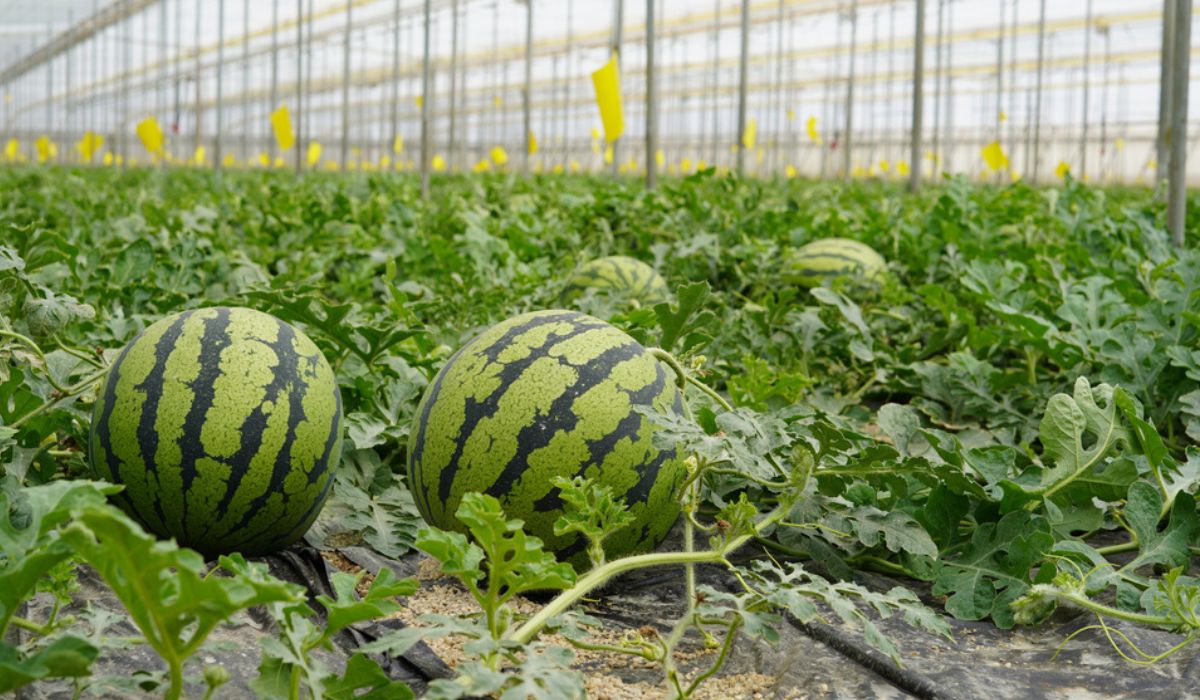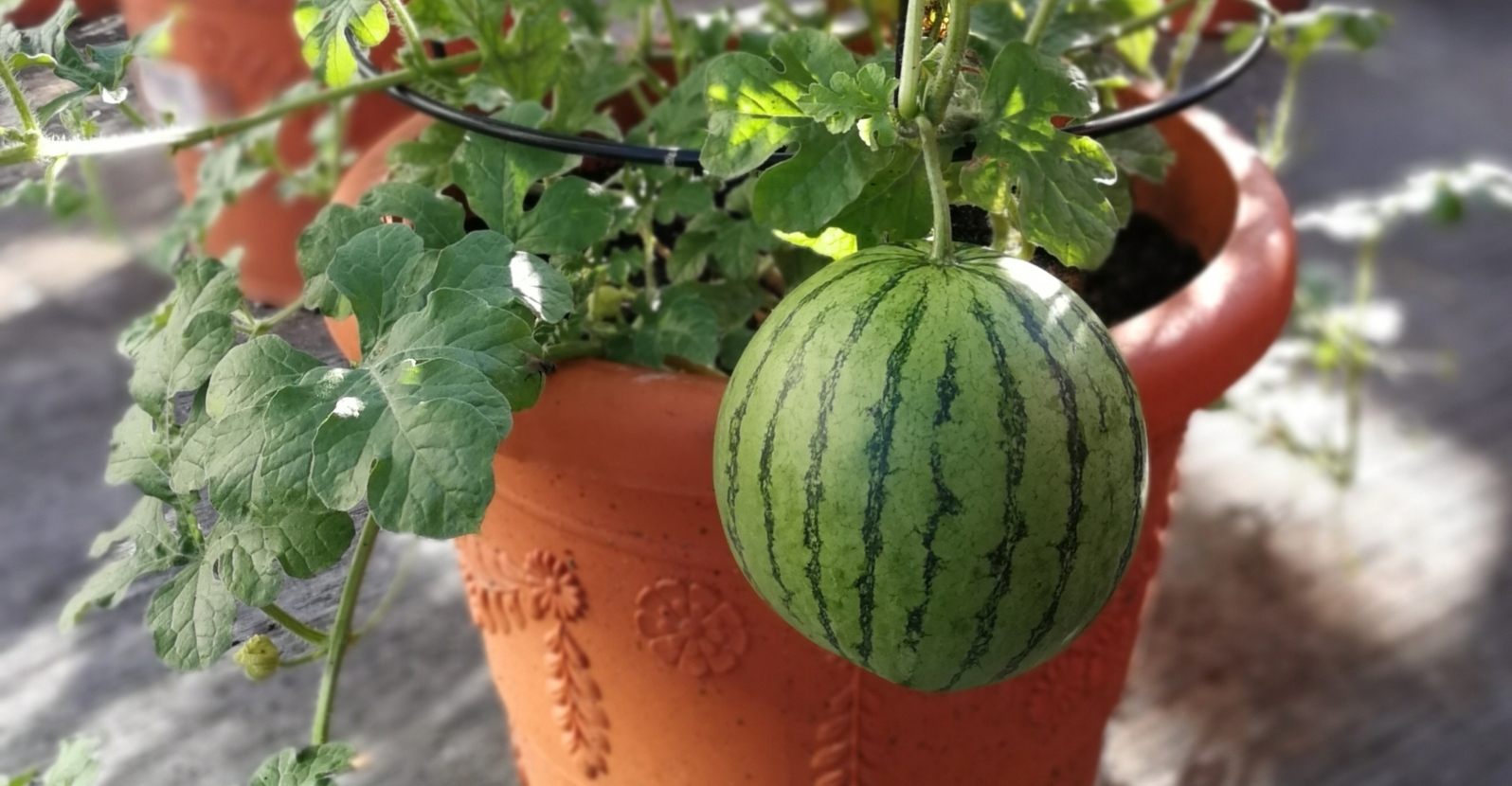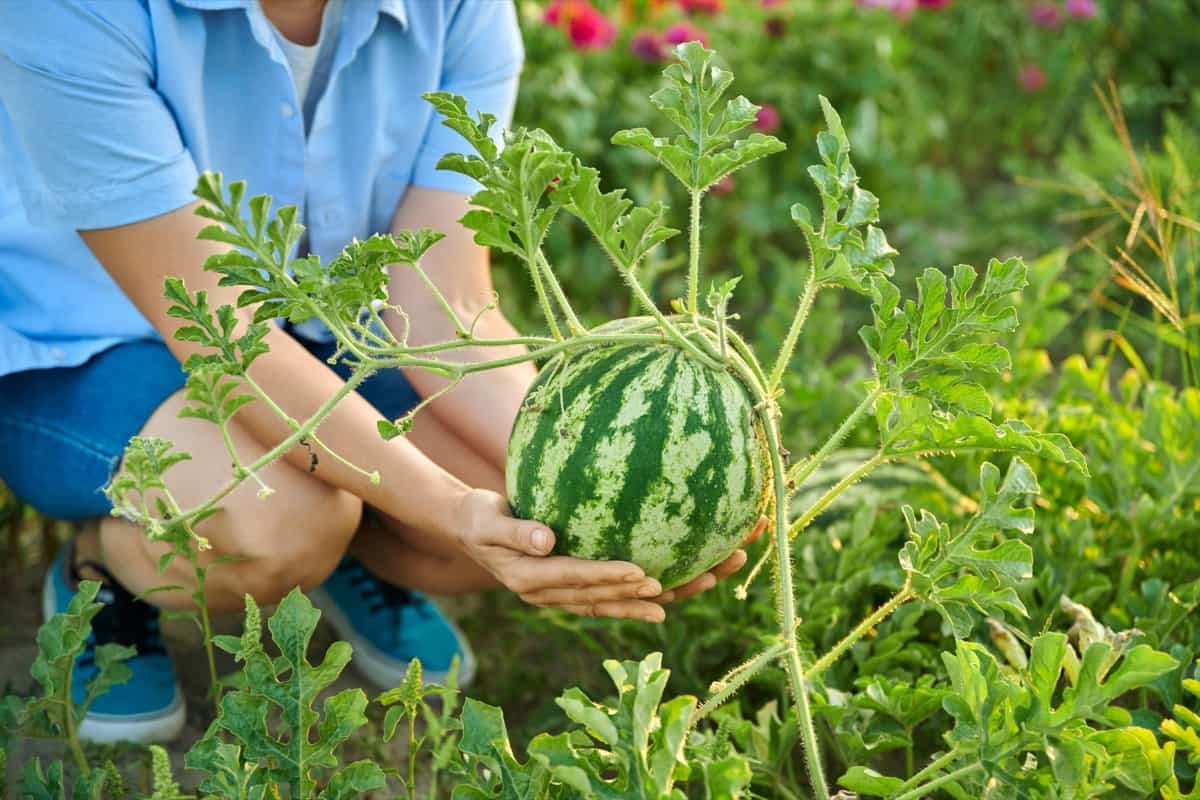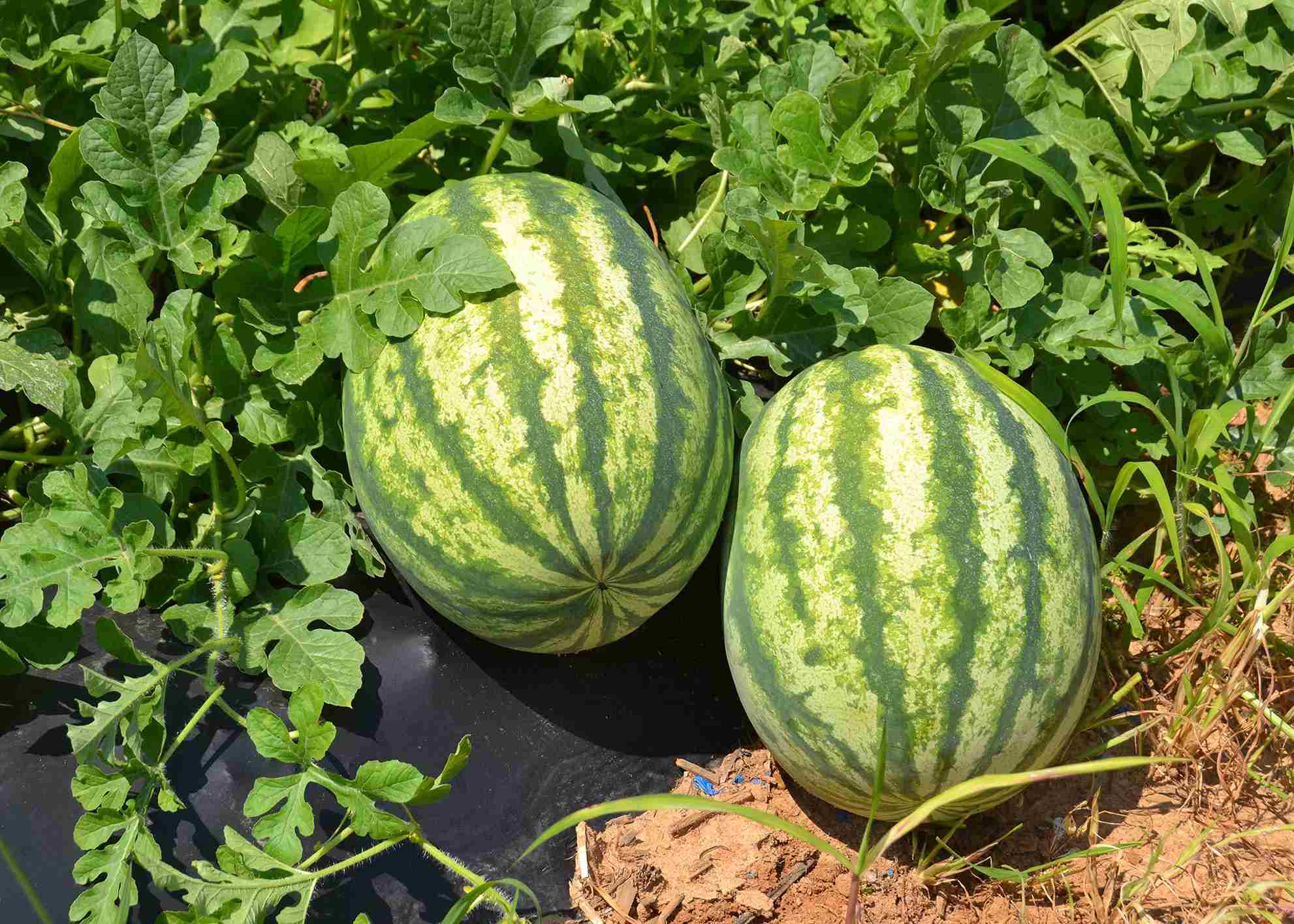How to Grow Watermelons at Home: A Guide for Small Spaces & Balconies
There is nothing quite like the sweet bite of a watermelon on a blazing summer afternoon. But what if we told you that instead of picking one from the store, you can grow your very own juicy giants, right at home? Whether you have a sun-drenched backyard or just a few containers on a balcony, growing watermelon is completely doable and also a fun activity for the whole family.
From the rush of watching tiny seeds grow into extending vines to the joy of slicing into a ripe melon you nurtured yourself, homegrown watermelon hits differently.
In this step-by-step guide, we will show you the right conditions to grow watermelons at home:
1. Choosing the right location
Watermelons require full sun and well-draining soil. They need between eight and 10 hours of sunlight daily to bring fruit to maturity. The soil should have a pH between 6.0 and 7.0 for optimal growth.
 Watermelons require well-draining soil to grow better
Watermelons require well-draining soil to grow better
2. Preparing the soil
Before planting, provide nutrition to the soil with compost or aged manure to improve fertility and drainage. You can use aged or composted cow manure, and mix it into the soil 2–3 weeks before planting. Make sure to avoid fresh manure as it can burn young roots.
3. Planting watermelon seeds
Starting indoors: Begin by sowing seeds indoors six to eight weeks before the last expected frost. You can use peat pots near sunlight, and keep the soil moist but not overwatered.
Direct seeding outdoors: In warmer climates, you can sow seeds directly into the soil. You must plant seeds about one inch deep and space them three to four feet apart.
4. Watering the plant
Watermelons require consistent moisture to survive, especially during their fruiting stage. Aim to provide about one to two inches of water per week, checking the soil remains moist but not soggy.
 Water deeply at the base of the watermelon plant so that it reaches the roots
Water deeply at the base of the watermelon plant so that it reaches the roots
It is best to water deeply at the base of the vine rather than overhead. This helps the water reach the roots where it is needed most and prevents moisture from lingering on the leaves, which can encourage fungal diseases like powdery mildew.
5. Pollination and vine management
Watermelon plants have both male and female flowers on the same vine. The male flowers produce pollen, while the female flowers have a small swelling at the base that will develop into the fruit once pollinated. For successful fruit production, pollination is important, without it, the female flowers will be unable to set fruit.
6. Pest and disease control
Watermelon plants are prone to pests like aphids, squash bugs, and cucumber beetles, which can damage the plants and spread disease. Row covers help protect seedlings by keeping pests away while allowing pollinators to access flowers once the plants bloom. Crop rotation prevents pest buildup by changing plant locations each year.
 You can use organic treatments like neem oil or insecticidal soap to deter pests
You can use organic treatments like neem oil or insecticidal soap to deter pests
Additionally, using organic treatments like neem oil or insecticidal soap can deter pests, while encouraging beneficial insects like ladybugs naturally controls aphid populations. Regularly check for signs of fungal diseases, and remove infected leaves to keep your plants healthy.
7. Harvesting your watermelon
The fruit typically takes 60 to 90 days to reach full maturity, depending on the variety and growing conditions. To determine when your watermelon is ripe, look for a creamy yellow underside, which indicates it is ready to harvest.
Another key sign is the hollow sound produced when you tap the melon, this means it’s full of water and perfectly ripe. Additionally, check the tendril near the fruit; if it is dry and brown, that’s a clear signal that your watermelon is ready to be picked.
 You can tap the watermelon, and if it produces a hollow sound, it is ready to be harvested
You can tap the watermelon, and if it produces a hollow sound, it is ready to be harvested
Tips for success
1. Choose the right variety: Select watermelon varieties suited to your climate and growing conditions.
2. Maintain consistent care: Regular watering, appropriate fertilisation, and pest management are key to healthy plants.
3. Monitor weather conditions: Be prepared to protect your plants from extreme weather events.
4. Save seeds for next season: After harvesting, save seeds from mature melons for planting in the next season.
Edited by Vidya Gowri
News